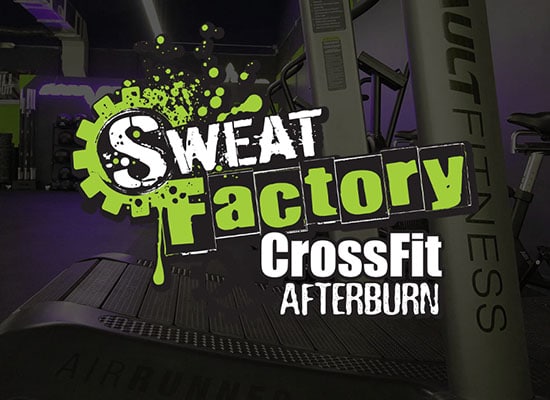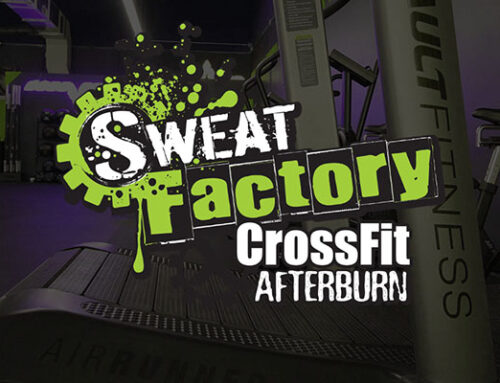The Paleo Diet is meant to resemble the way that our Hunter/gatherer ancestors thousands of years ago. Even though it is nearly impossible for researchers to know exactly what our ancestors ate exactly, it is believed that their diet consisted of whole foods. By following a whole foods based diet, and leading a physically active lifestyle our hunter/gatherer ancestors had much lower rates of lifestyle diseases such as obesity, heart disease, and diabetes. This lifestyle diet can lead to weight loss without calorie counting, and also create major improvements to ones health and fitness.
What exactly is the “Paleo Diet?”
There is no one “right” way to eat for everyone and paleolithic humans thrived on a variety of diets, depending on what was available at the time and where in the world they lived. Some people ate a diet rich in animal foods, while others ate a heavily plant based diet. The following is just a basic guideline, and it is not written in stone. Keep in mind you can change or adapt things to fit your dietary needs, and what foods you have readily available to you!
Eat: Meat, fish, eggs, vegetables, fruits, nuts, seeds, herbs, spices, healthy fats and oils.
Don’t Eat: Processed foods, sugar, soft drinks, grains, most dairy products, legumes, artificial sweeteners, vegetable oils, margarine and trans fats.
Foods to Avoid on the Paleo Diet:
Sugar & High Fructose Corn Syrup: Unfortunately, a lot of things that we eat from day to day have these two hidden in them without us even realizing it. Try to avoid candy, pastries, ice cream, soft drinks, and fruit juices.
Grains: This one includes a huge weakness for a lot of people. Bread, pastas, wheat, spelt, rye and barley.
Legumes: Beans, lentils, soy beans and more.
Some Vegetable Oils: Soybean oil, sunflower oil, cottonseed oil, corn oil, grapeseed oil, safflower oil and others.
Trans Fats: Found in margarine and various processed foods. Usually referred to as “hydrogenated” or “partially hydrogenated” oils.
Artificial sweeteners: Aspartame, sucralose, cyclamates, saccharin, acesulfame potassium. Opt for natural sweeteners instead.
Highly Processed Foods: Everything labeled “diet” or “low-fat” or that has many additives. Includes artificial meal replacements.
An important tip is to Try your best to avoid anything that looks like it was produced in a factory. In addition to that it is very important to always take the time to read ingredient lists, even for foods that are labeled as “health foods.”
Foods to Eat in Paleo:
Meat: Chicken, Turkey, Beef, Pork, Lamb, and more.
Fish and seafood: Salmon, trout, haddock, shrimp, shellfish, etc. Choose wild-caught if you can.
Eggs: Cook them any style, and add some protein and healthy fats to your meal.
Vegetables: Broccoli, peppers, leafy greens, tomatoes, carrots, celery and more!
Fruits: Berries, apples, bananas, citrus, pears, avocados, and any others that you enjoy.
Tubers: Potatoes, sweet potatoes, yams, turnips and squash.
Nuts & Seeds: Almonds, macadamia nuts, walnuts, hazelnuts, sunflower seeds, pumpkin seeds and more.
Healthy fats and oils: Extra virgin olive oil, coconut oil, avocado oil and others.
Salts & Spices: Sea salt, turmeric, rosemary, garlic and anything else that is natural without added sugars and salts.
Keep in Mind:
These are just general guidelines, and anything can be modified to meet your needs specifically. Feel Free to always ask one of the Afterburn team members if you have questions or concerns about the Paleo Diet. We are so excited to learn more about the Paleo Lifestyle as a gym, together with our June Paleo Challenge!



